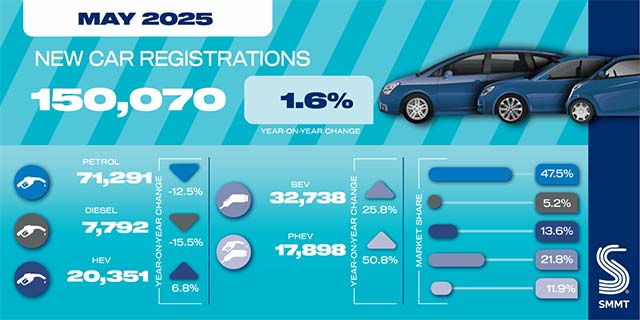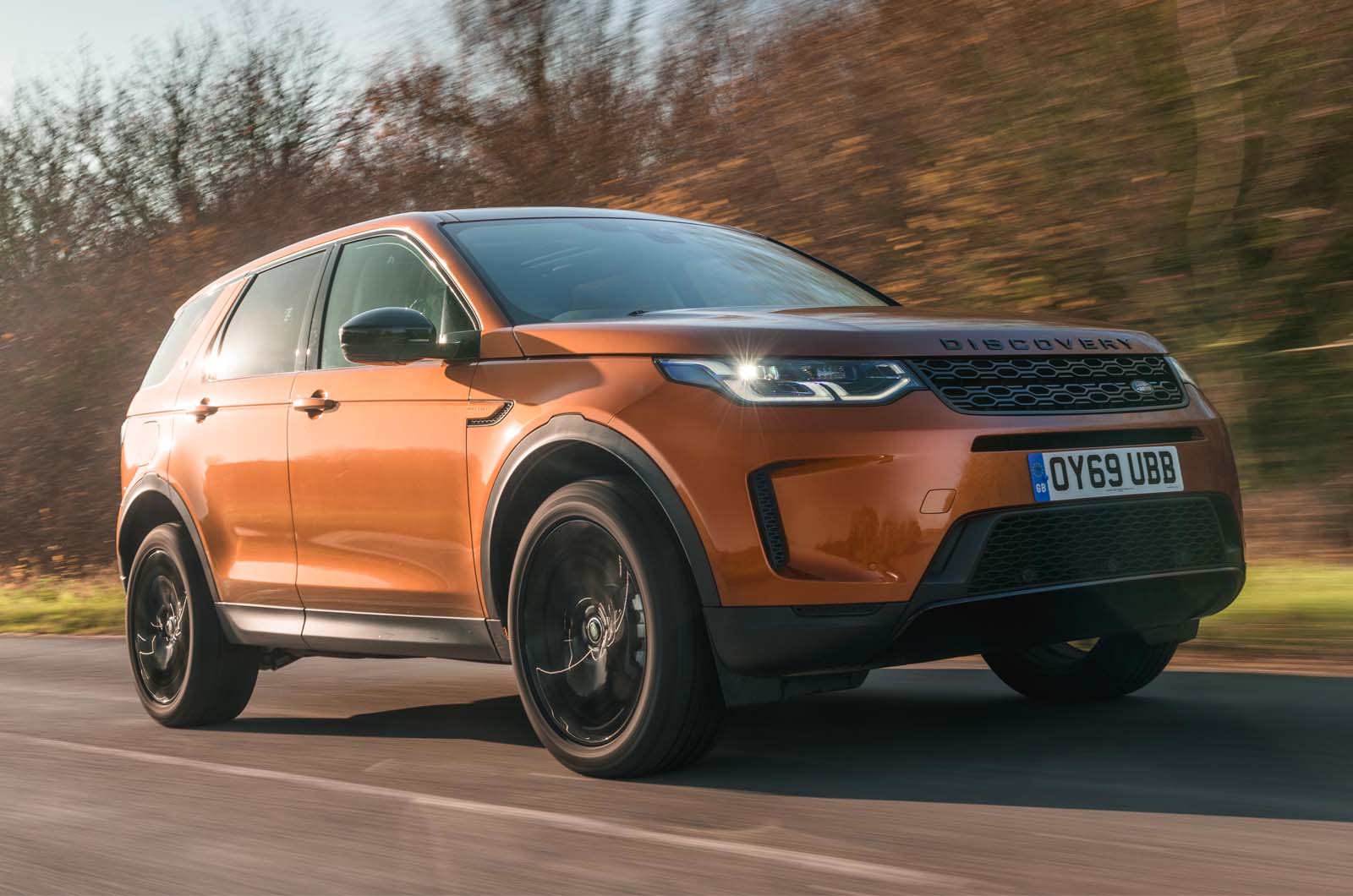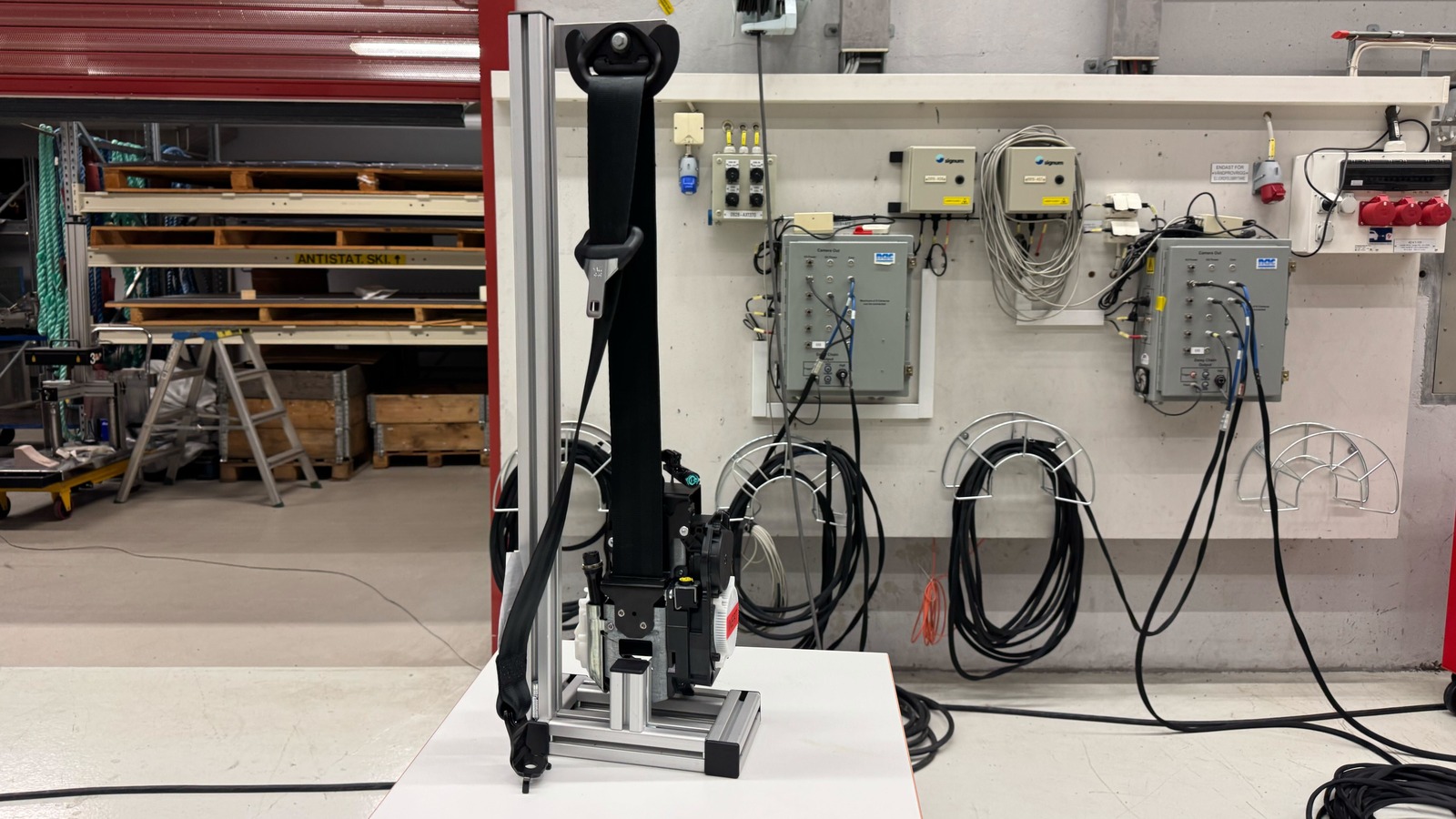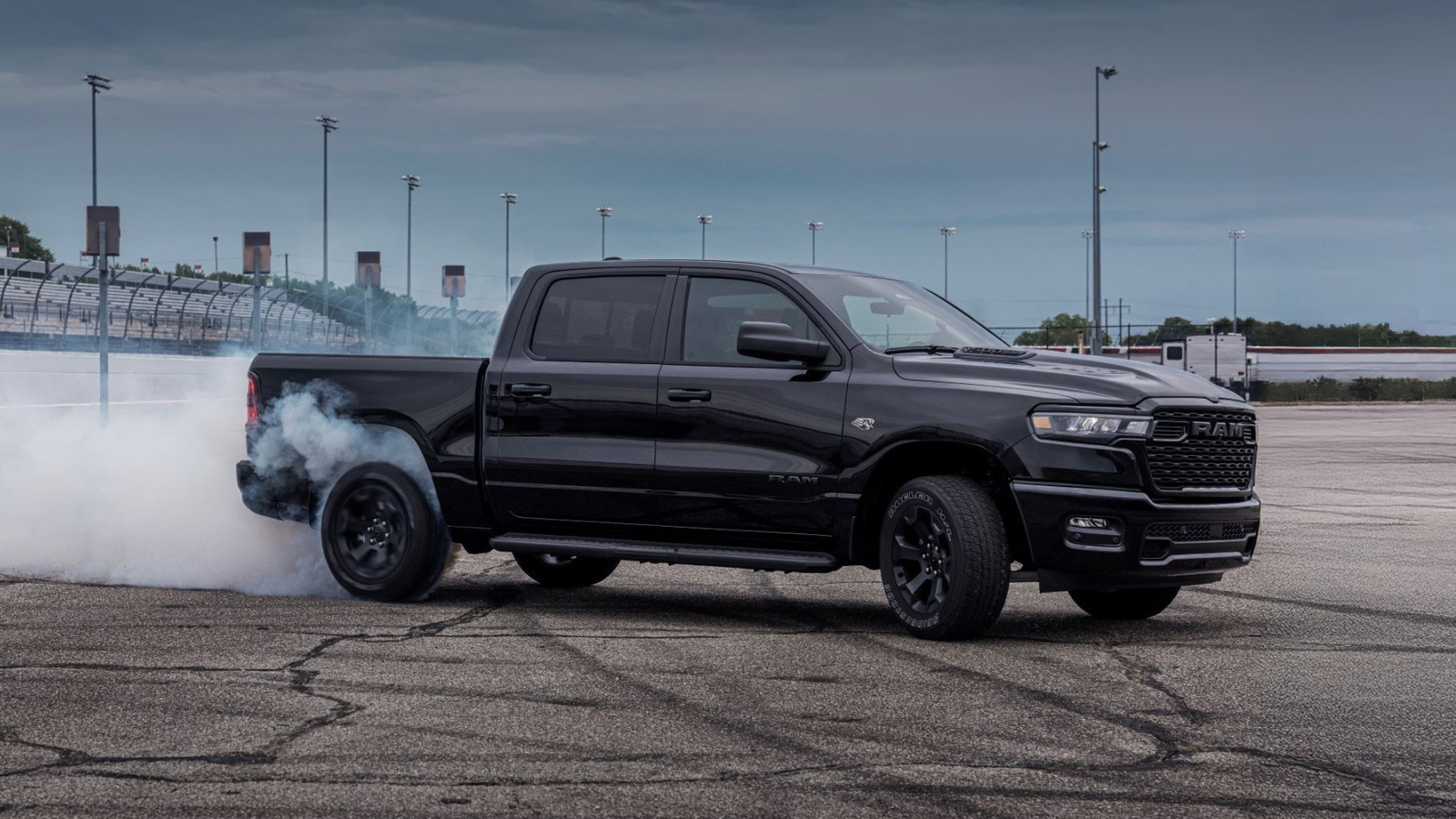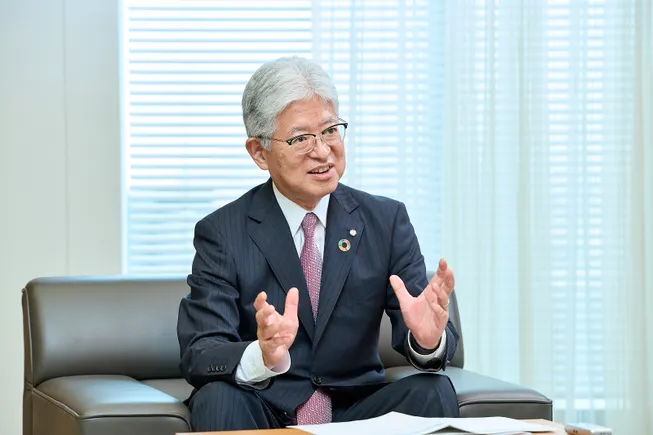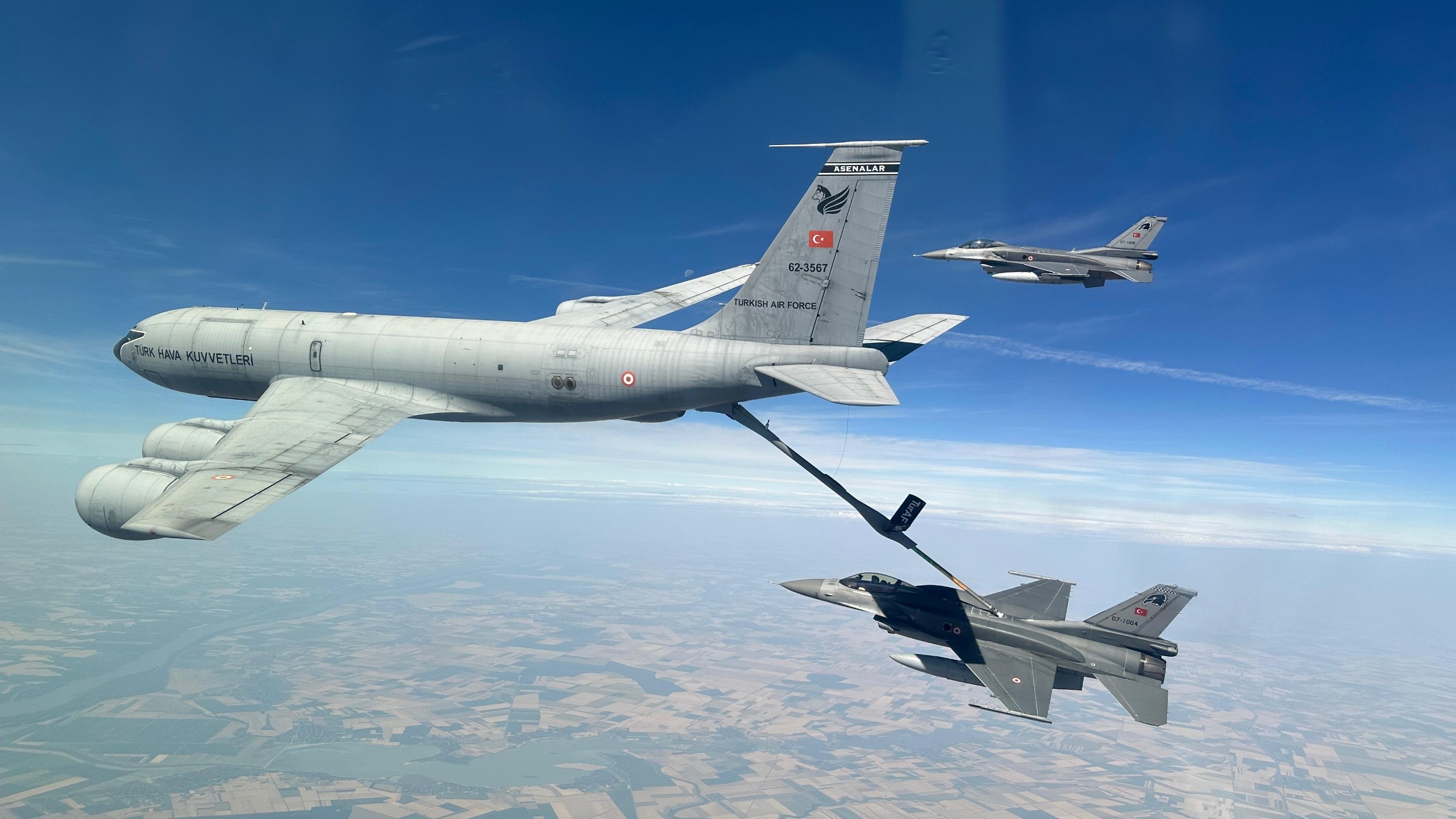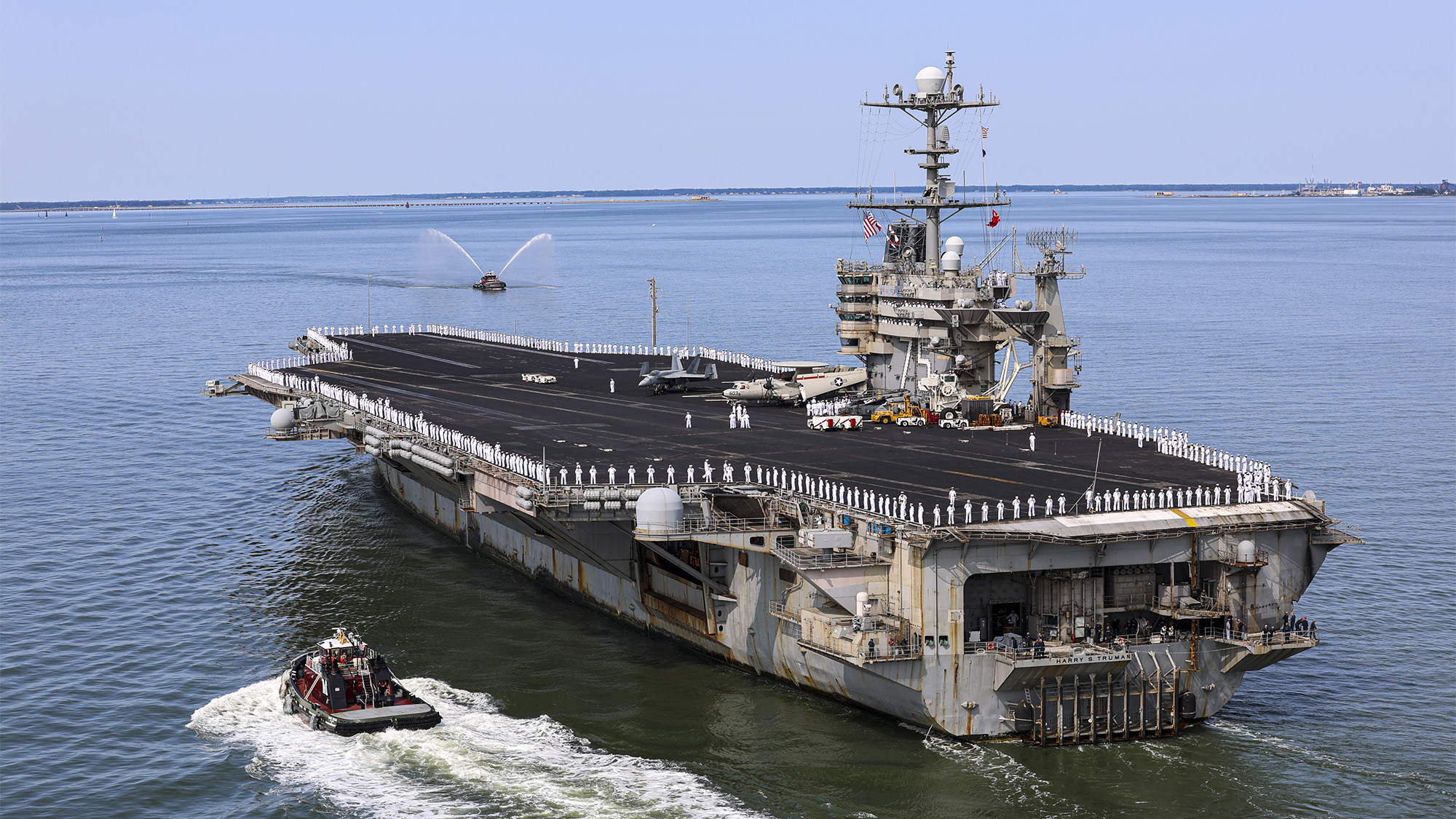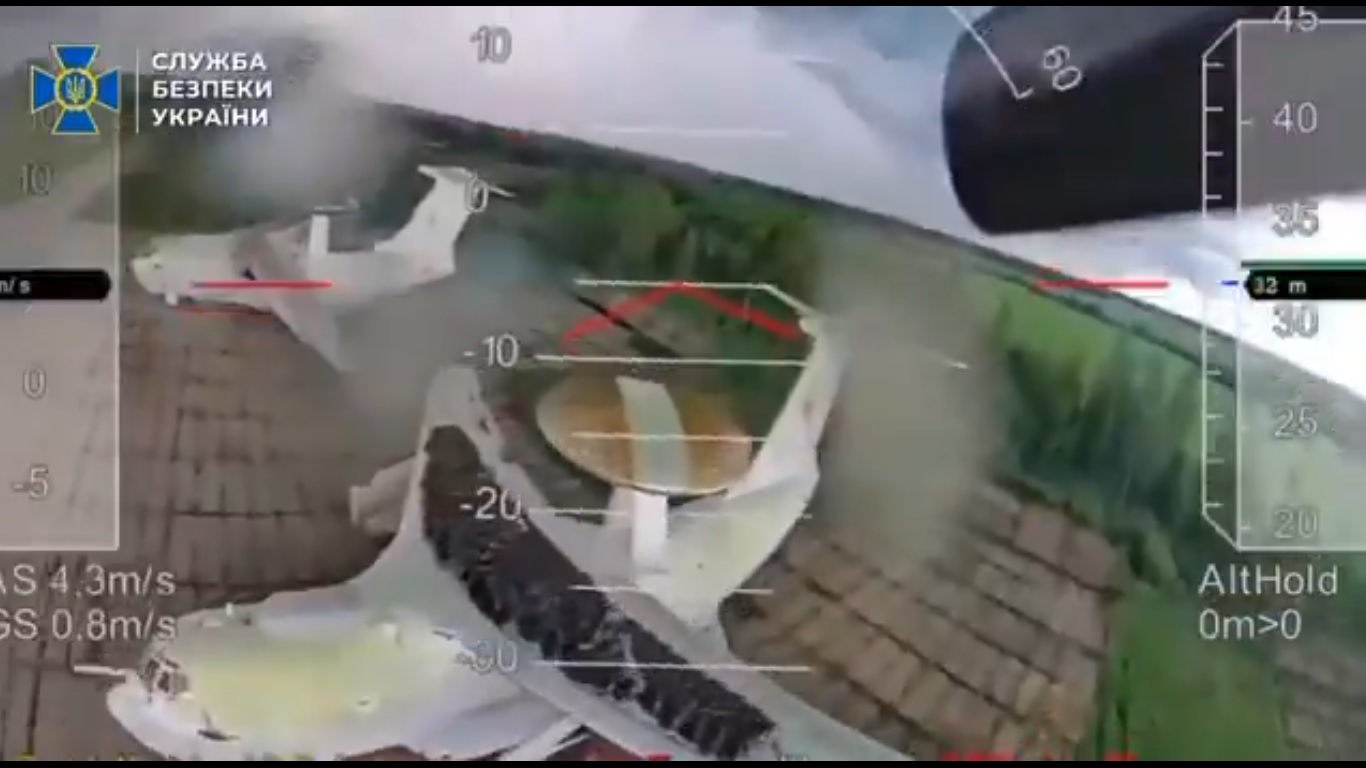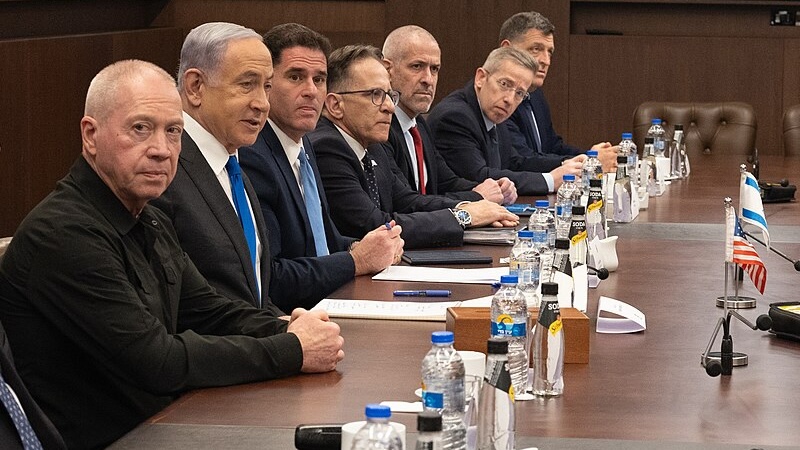Army upgrading helo pilot training under Flight School Next, seeks new aircraft
“We will teach them to be integrators and flight integrators on the back end of that, but we want them to be masters of their craft, of being able to fly a helicopter the old-fashioned way,” Army Vice Chief of Staff Gen. James Mingus said.


US soldiers assigned to Task Force Sentinel, operate a UH-72A Lakota at Dona Ana County International Airport, Dona Ana, N.M., on Feb. 22, 2025.(US Army/ Pfc. Dominic Atlas)
WASHINGTON — Senior Army officials said they’re on a new quest to revamp how aviators learn to fly helicopters, and have announced plans in a new notice for a contractor-owned, contractor-operated aircraft to train them.
As part of its new Flight School Next initiative, on Monday the service published a solicitation to industry to potentially replace its UH-72A Lakotas, which the Army has used as trainers since 2015, as well as a request for pilot instruction and, potentially, simulation capabilities.
“The US Army is looking to industry to provide solutions and methodologies that cover contractor provided academic instruction, flight instruction, training aids and devices, simulation (if required), aircraft, aircraft parts, and aircraft maintenance,” the service wrote in the publicly available notice.
While the notice is light on details about the scope of a future acquisition, it kicks off a five-month window that is expected to culminate in interested vendors submitting their phase 1 bids to the Army by Oct. 31. And when it comes to the service’s acquisition plan, it said it is using a Commercial Solutions Opening (CSO) to move quicker than the Federal Acquisition Regulation (FAR)-Based procurement avenue and access “innovative commercial solutions.”
At the AAAA conference last month, senior Army leaders explained the impetus for the search for a new helo, even amid drastic cuts elsewhere in the Army’s aviation portfolio.
Army Vice Chief of Staff Gen. James Mingus explained that the Lakota is overkill in ways that could stymie learning.
“We took a very sophisticated aircraft [the UH-72] that almost flies itself, and used that to train basic pilot skills,” Mingus told reporters May 14 on the sidelines of AAAA in Nashville, Tenn.
“We want to go to a simple, single engine, basic helicopter, so that our pilots, when they come out of flight school, they are expert pilots,” the four-star general added. “We will teach them to be integrators and flight integrators on the back end of that, but we want them to be masters of their craft, of being able to fly a helicopter the old-fashioned way.”
(Airbus has previously defended the Lakota as the training helo, saying the service “made an excellent decision by repurposing the UH-72A Lakota” for Initial Entry Rotary Wing training.)
In another talk, Maj. Gen. Clair Gill, commander of the Army Aviation Center of Excellence, said “all options are on the table,” including the potential for “hybrid” options to help bridge the gap in training between different platforms with differing levels of complexity.
“I went through flight school in a Huey and jumped into a Blackhawk, nothing in between,” he said on May 15 at the aviation-centric AAAA summit. “It was a fairly natural transition. Going from a single engine to the front seat of an Apache is probably a little more intensive, right?”
“I would just say at this point, all the options are on the table,” he said.
As for possible contenders, a number of companies have participated in previous Army market surveys or have said they have plans to compete alone or with partners for Flight School Next contracts including Airbus, Bell, Leonardo, Lockheed Martin, MD Helicopters and Robinson.









